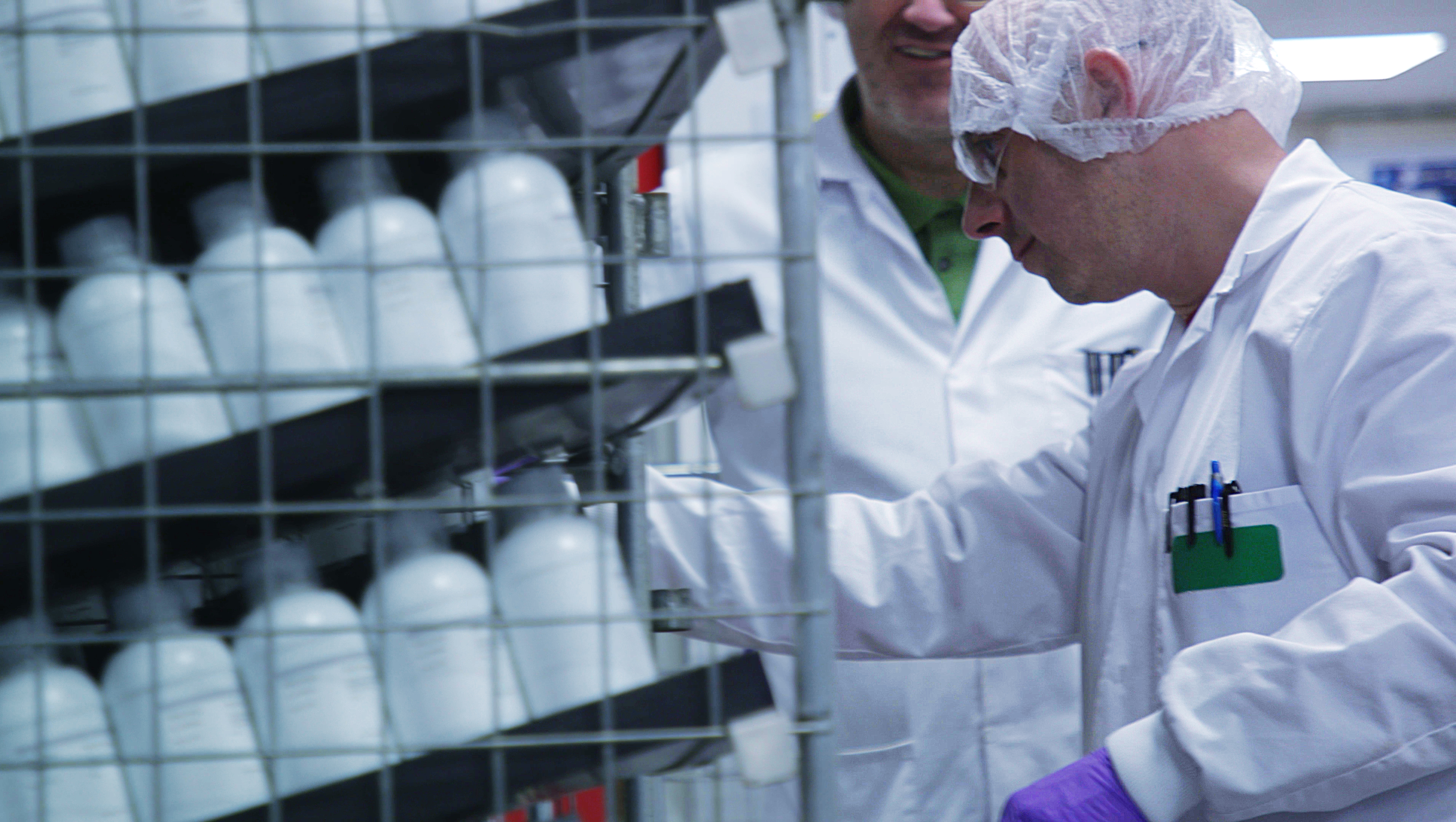Vital Lessons for the Diagnostics Industry From COVID-19

Credit: Cytiva
Want to listen to this article for FREE?
Complete the form below to unlock access to ALL audio articles.
Read time: 3 minutes
How to address challenges the pandemic has unearthed
Testing is essential to help stop the spread of the COVID-19 virus. Through our work providing critical components to diagnostic developers, I have seen first-hand the focus and commitment to bringing tests to market as quickly as possible as well as the challenges the industry has faced.
While 200 million tests1 have now been performed all over the world, few countries have been able to carry out mass testing. During the pandemic, they have either been locked down or faced the spread of the virus, both of which have had crippling effects on public health and economies. Anticipating the risk of a second wave of COVID-19, or the emergence of another globally transmitted disease, many countries are urgently making sure they are better prepared. This signals that access to testing might be treated as a matter of national security.
While coronavirus has brought together the industry around a common goal, it has also shone a light on the challenges in developing and bringing diagnostic tests to market in exceptional circumstances. It is important that we learn from these challenges so that our industry is better prepared.

Security of supply as a healthcare priority
The sudden demand for diagnostic components has brought to light weaknesses in the global supply of key raw materials. Therefore, one of the imperatives for large manufacturers must be to strengthen their supply chain and make it flexible enough to cope with sudden spikes in demand. This requires measures such as:
- Evaluation and implementation of multi-sourcing and multi-manufacturing models to secure critical raw material supply.
- Establishing alternative shipping routes to be able to respond to challenges as quickly as possible.
- Capacity trigger points for both assay developers and component manufacturers. That is, once a factory hits a given production level (measured as a % of total nominal capacity), a rapid expansion program should be initiated.
- Acknowledging that limited resources mean decisions must be made between commercial teams and operations to prioritize the allocation of finished goods.
- Transparent dialogue between component manufacturers and assay developers to build confidence and reduce panic buying.
- Regular investment in plants and personnel to set solid operational foundations.
These are not new measures and no supply chain can be 100% secure all of the time. Yet, in combination, this can ensure diagnostic supply chains are as stable and resilient as possible.
Partnership for assay development
The pandemic triggered a massive response from the diagnostic industry, where both established players and newcomers focus
The inconsistency in testing diagnostic performance highlighted the need for close partnership between diagnostic developers and component and material providers. Collaboration, in a spirit of co-design, would allow time to be taken to test component interactions thus reducing the risk of suboptimal component choice or scale up challenges. In the lateral flow space, that would mean that the provider of filtration materials, such as pads and nitrocellulose membranes, would work together with the assay developer. Together they could select and purify the relevant markers before selecting the membrane for optimal binding and flow.

Preparedness and local capabilities
The crisis has also challenged political leaders to look at how they can respond to an urgent need for local production of tests. All countries have pledged for better manufacturing preparedness and more Research and Development (R&D) capabilities.
We can expect to see more start-ups and new players entering the field who will need access to R&D and manufacturing expertise. Diagnostic component companies have a key role in providing this support alongside manufacturing optionality and enterprise models. This will complement the traditional, integrated model to run large, centralized development centers and factories for established tests.
COVID-19 has taught me a lot: how the diagnostics industry needs to prepare for future pandemic challenges, but also what can be improved across the sector more generally. I believe vendors need to partner with developers to offer their manufacturing and design expertise to advance and accelerate the industry. In the hunt for a high-quality diagnostic, no one can do it alone.

Emmanuel Abate is Vice President Genomics and Cellular Research, Cytiva.
1 Elflein, J. (2020) Number of coronavirus (COVID-19) tests performed in the most impacted countries worldwide as of July 8, 2020 https://www.statista.com/statistics/1028731/covid19-tests-select-countries-worldwide/

